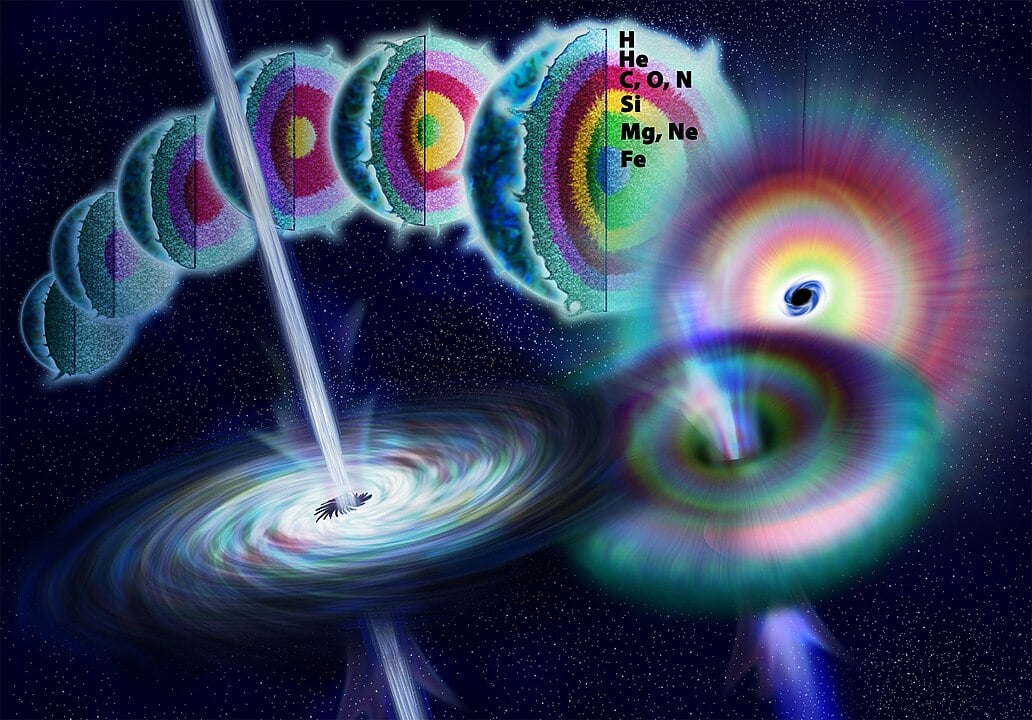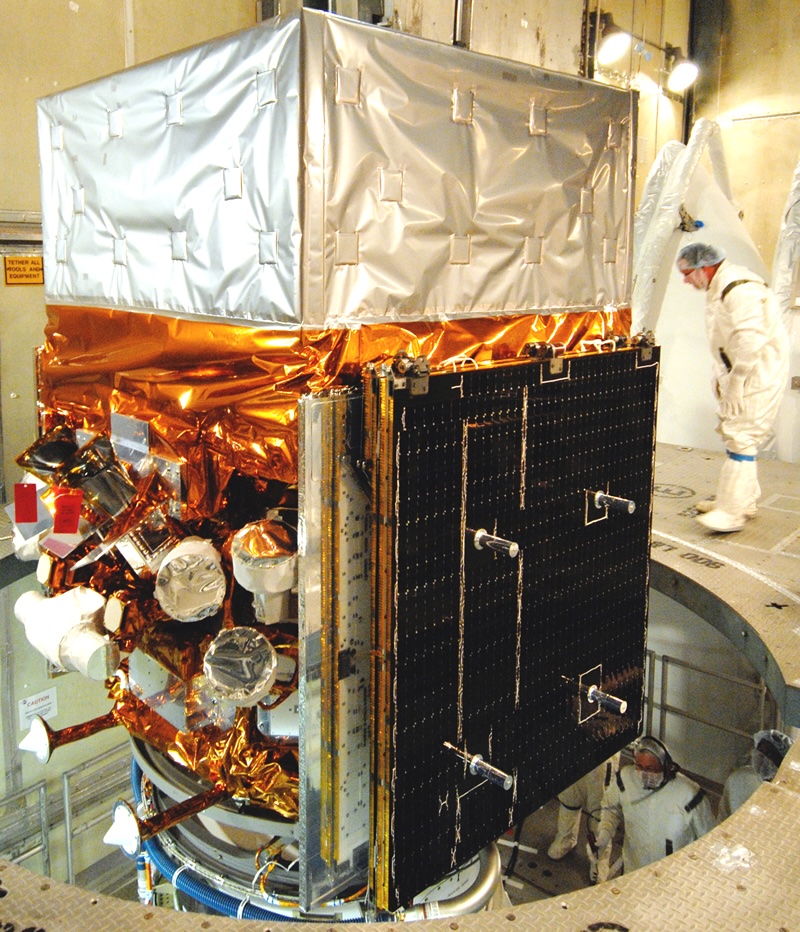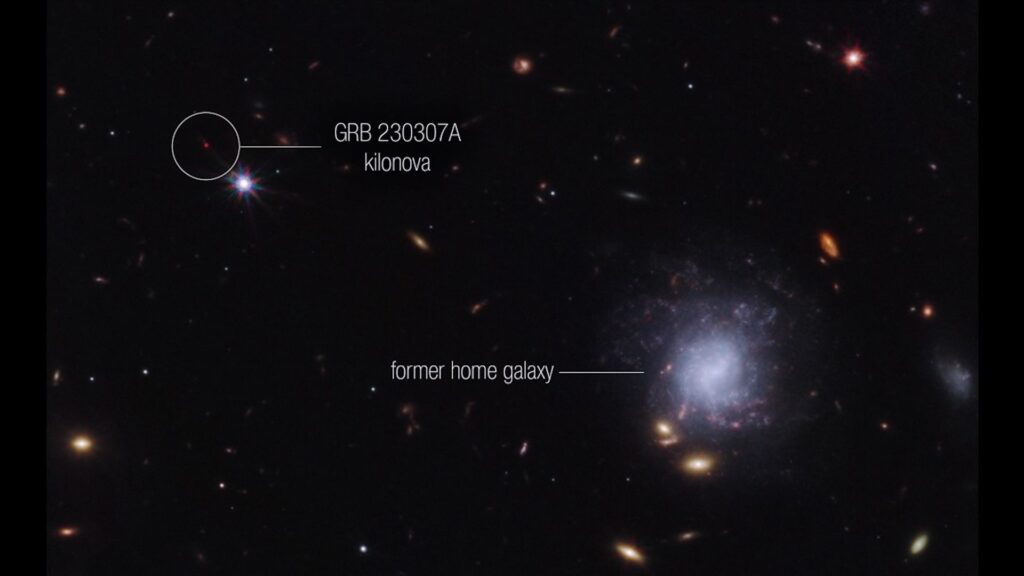Gamma-ray bursts are the brightest explosions in the universe, momentarily outsmarting entire galaxies with intense flashes of high-energy radiation. These (excuse the joke) astronomical explosions release more energy in a few seconds than the sun produces in its entire 10 billion year lifespan, sending jets of gamma rays into space. Despite their incredible brightness, gamma-ray bursts are fleeting events, lasting anywhere from a few milliseconds to several minutes before disappearing.
On March 7, 2023, the satellite detected one of these gamma-ray bursts. This was designated GRB 230307A. This is the second brightest burst ever recorded and was caused by the collision and merger of two compact stars (possibly neutron stars) located in distant galaxies. What made this event particularly interesting was that it had an unusually long duration of one minute, despite theoretical predictions that this type of merging event would last less than two seconds.

“This event gave us a rare opportunity. By uncovering their hidden ‘heartbeats’, we can finally confidently say that some GRBs are powered by newborn magnetars rather than black holes.”
Professor Bing Zhang, Chair Professor in the Department of Physics at the University of Hong Kong and co-author of the study;
An international team led by researchers from the University of Hong Kong, Nanjing University, and the Chinese Academy of Sciences decided to investigate this event in more depth. They searched more than 600,000 datasets collected by China’s GECAM satellite and NASA’s Fermi satellite, looking for hidden patterns within the bursts. What they discovered was a repeating signal that maintained a very consistent rhythm over time, revealing that the star was rotating 909 times per second. This rapid pulsation represents the first direct detection of a periodic signal from a millisecond magnetar within a gamma-ray burst.
To my surprise, I realized why the signal was so short. The researchers theorize that the magnetar’s fast rotation imprints periodic signals into the gamma-ray jet through its magnetic field, but because the jet evolves so rapidly, this beating becomes visible only when the emission becomes temporarily asymmetric. The periodic pulses were detectable for only 160 milliseconds before being obscured again by the symmetry of the jet.

The discovery forever changed our understanding of the universe’s most extreme explosions, showing that newly formed magnetars can survive even compact stellar mergers. This research opens up fascinating new avenues in astronomy by combining gamma rays, gravitational waves, and the physics of compact stars under the most extreme conditions imaginable.
A version of this article originally appeared on Universe Today.
Source link

